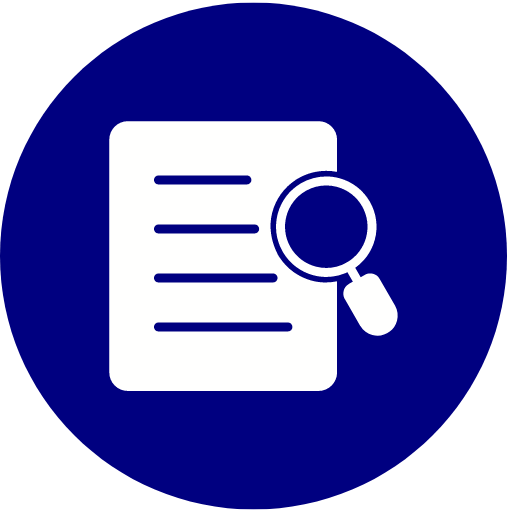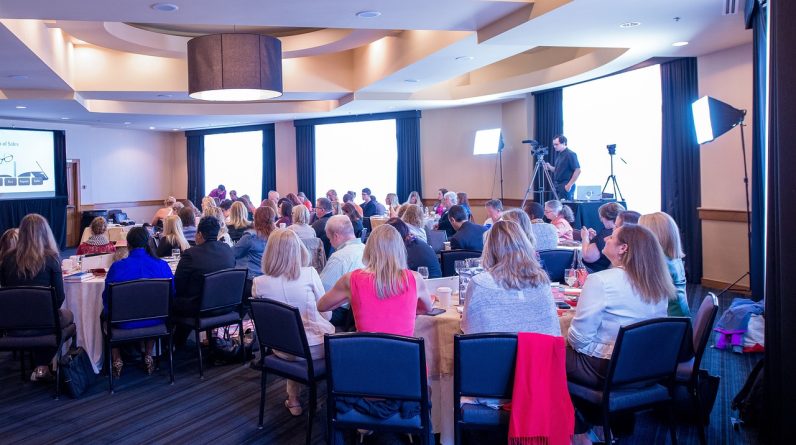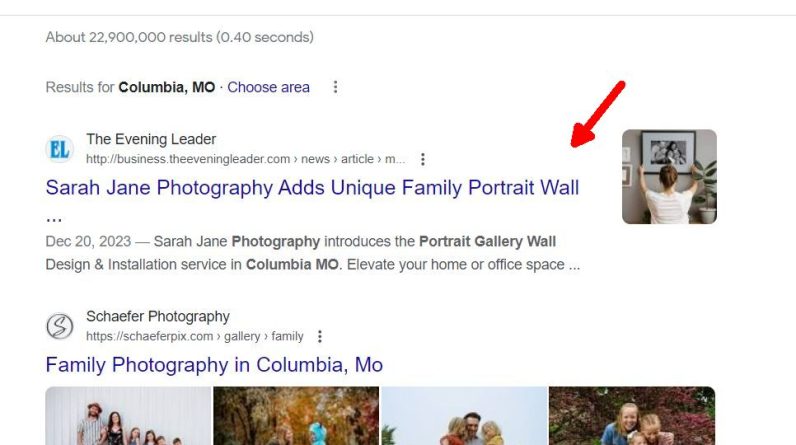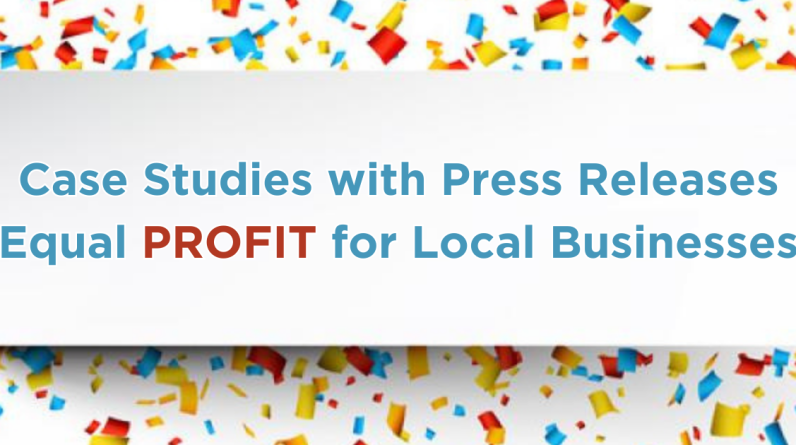Clear communication of results is essential for any successful business. When communicating your results to stakeholders, best practices should be used to ensure the information is clear and concise. Stakeholders need to understand what your results mean and how they impact their business. There are several ways to ensure that your communications are effective and meet the needs of all involved parties.
First and foremost, it’s important to remember that communication is a two-way street. It’s not enough simply to tell stakeholders what you’ve accomplished; they need to be able to ask questions and provide feedback so that you can reach an understanding of the implications of the results. Make sure you create an environment in which stakeholders feel comfortable asking questions or making comments about your results so that there is a productive dialogue between all parties involved.
Second, it’s important for you as the communicator to have a thorough understanding of your own data so that you can explain it clearly and effectively. You should be able to anticipate likely questions from stakeholders in order to provide comprehensive answers that will give them the full picture of what you’re reporting on.
Third, make sure you use language that everyone involved can easily understand without jargon or technical terms. Use simple language with straightforward descriptions so everyone has a good grasp on what’s being discussed. This will also help facilitate better conversations between yourself and other stakeholders as there won’t be any confusion about terminology or concepts being discussed.
Fourth, consider using visuals when presenting information such as graphs or charts which can help people comprehend complex data more quickly than lengthy written explanations would allow for. Visual aids can also be used throughout a presentation or discussion in order to break up long blocks of text which may help keep people engaged with the material rather than lose interest due to its length or complexity.
Finally, don’t forget about feedback once your presentation or discussion has concluded! It’s important for stakeholders who participated in the communication process feel heard by requesting their opinion on how effective it was in conveying information clearly and succinctly (and if not – how it could have been improved). Feedback should also include asking if they had any further questions after having seen/listened/read through all material presented – this helps ensure no critical piece was left out when communicating results!
Overall, successful communication with stakeholders requires open dialogue, clear language, visual aids where appropriate, and feedback at each step along the way in order for everyone involved in the process understands exactly what is being discussed and why it matters for their business operations! By following these best practices when communicating results, businesses will find greater success when dealing with stakeholder engagement in terms both short-term successes achieved but also future goals set together based off these initial conversations!







